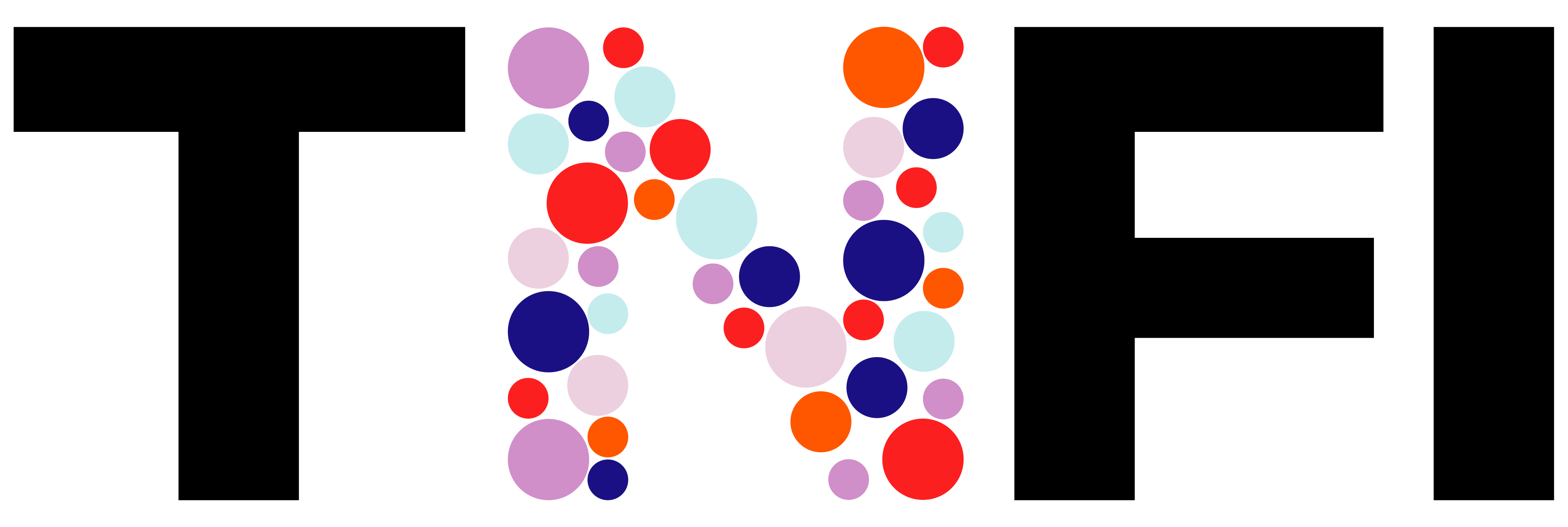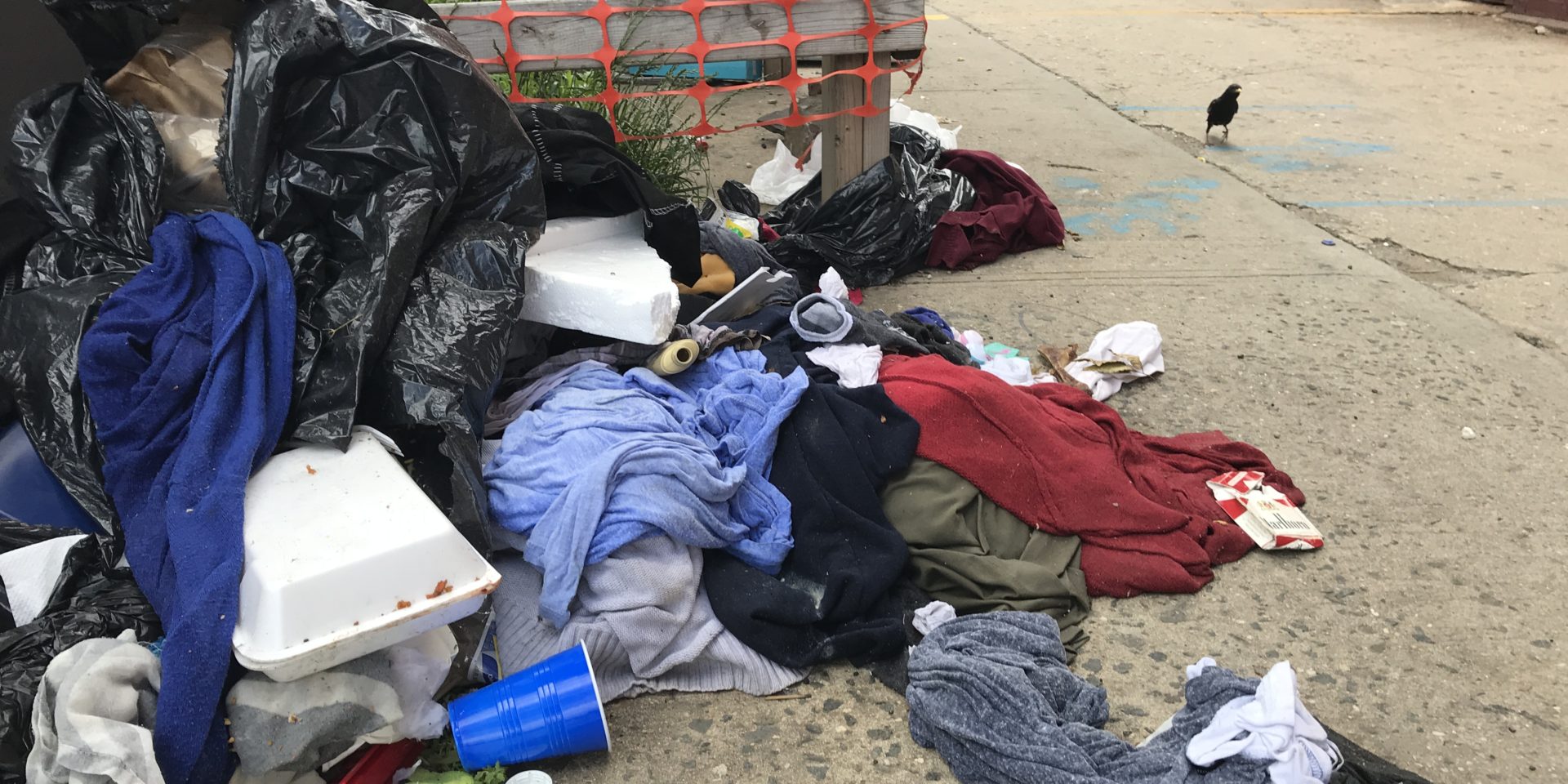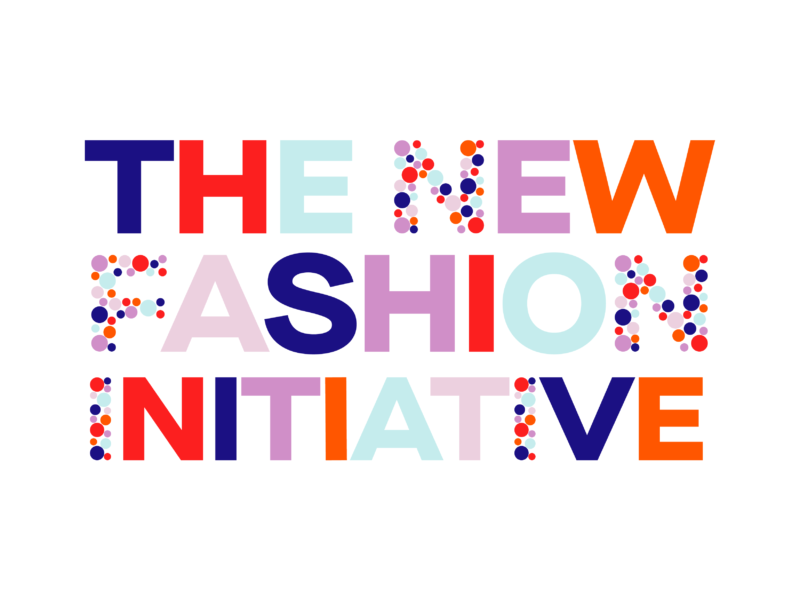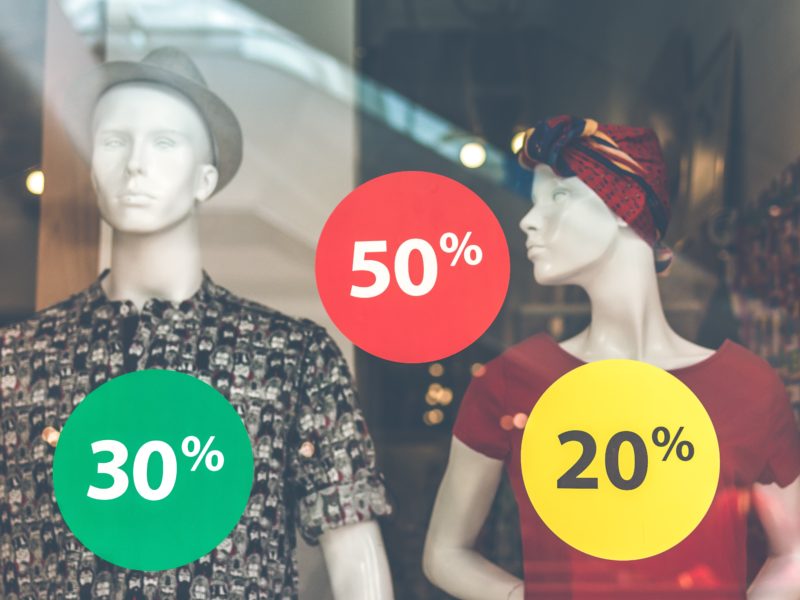New York City’s Plan to Reign in Fashion Waste
America is facing down a clothing waste crisis. More than 70 pounds of textiles per person are sent to landfill each year, adding up to more than 24 billion pounds in total. But not all places contribute to the problem equally. In New York City, where fashion moves fast and countless brands design and cut their collections, 200 million pounds of clothing are trashed or incinerated annually, more than 8% of the national total and the equivalent of one t-shirt per New Yorker per week. A new initiative, spearheaded by The Ellen MacArthur Foundation hopes to encourage New Yorkers to curb their fashion waste problem by pointing busy city-dwellers to their closest donation point.
Through June 9, the #WearNext campaign will work to make sure NYC’s old clothes find a new life by promoting an online map of over 1,100 donation spots around town. A map of already-existing places to drop off old clothes might not seem ground-breaking, but it cuts through confusion around what clothing can and can’t be donated and encourages New Yorkers to make the effort to donate instead of trash clothes.
According to S.M.A.R.T., a trade group that represents clothing recyclers, 95% of all clothing has the potential to be reused as clothing or downcycled into products like wiping rags or insulation. How this process works is mostly hidden from view, but organizations, including charities and clothing brands that offer in-store clothes collections, sort donations and pass any in torn or stained condition onto to downcycling partners. Wearable clothing is mostly exported overseas to be resold and reworn. As brands invest more heavily in textile-to-textile recycling, there’s also a chance that old pair of jeans might become a new one, but it’s the least likely scenario for clothing spared from landfills. At writing, less than 1% of all clothing is recycled into new clothing.
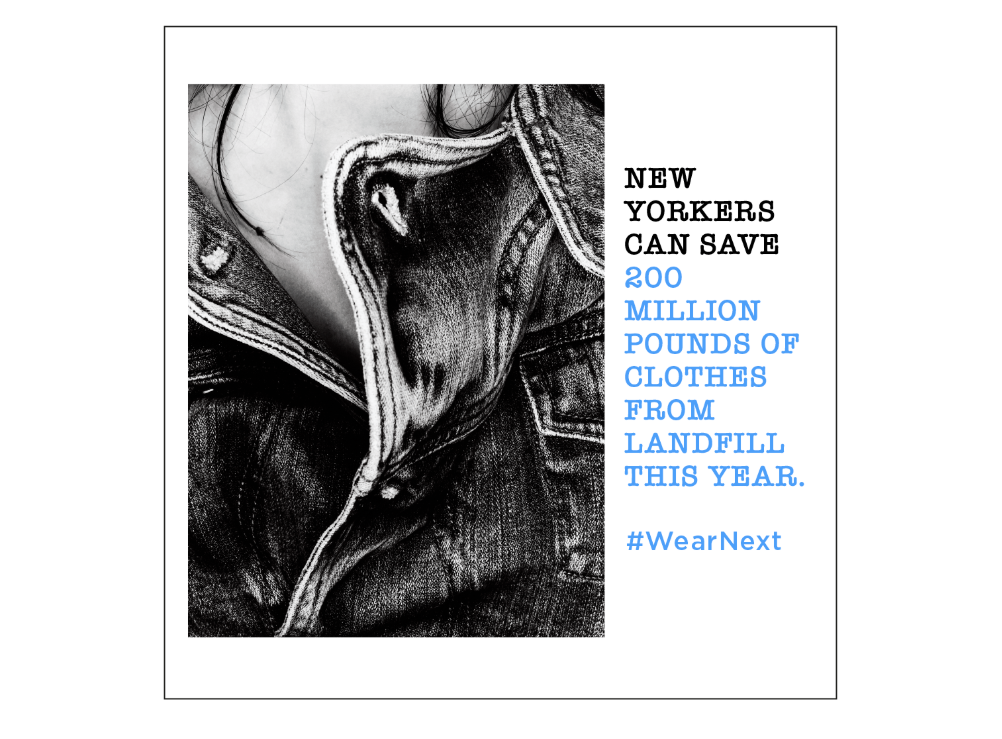
Cities are starting to feel the pressure from landfilled clothing. It’s expensive and polluting. According to Newsweek, it costs New York City a staggering $20.6 million annually to landfill and incinerate clothes. Nationwide, a municipality pays $45 per ton of waste sent to a landfill. What’s more, natural materials like cotton, wool and silk are biodegradable, but they take up space and release methane when breaking down, a greenhouse gas twenty-five times more potent than CO2. According to the EPA, landfills are the third-largest human-caused source of methane emissions in the United States. Meanwhile, synthetic clothing (made of plastic) doesn’t readily biodegrade and is sometimes made out of toxic chemicals that can be released into the air if incinerated or into ground in the landfill.
Solutions for textile recycling are nowhere near where they need to be, and there’s concern that keeping clothes out of landfills will put more pressure on an already overloaded global secondhand supply chan. The #WearNext campaign does encourage citizens to resell, swap and repair clothes, stating on Instagram: “You can also resell [clothes] and earn some extra cash; swap them and continue swapping whilst getting something that you like in return; or simply repair them – all of these options are better than landfill.” The City needs to find ways to encourage more clothing reuse, incentivize secondhand shops and resellers, and support repair trades like cobblers and tailors. But getting consumers to see that wasted clothing is a wasted resource is an important first step. “We also need to recognize that customers alone cannot fix the fashion industry’s waste and pollution problems. We need the industry to work together to create a system where clothes are made from safe and renewable materials, new business models increase their use, and used clothes are turned into new ones,” says Francois Souchet, Lead Make Fashion Circular, Ellen MacArthur Foundation.
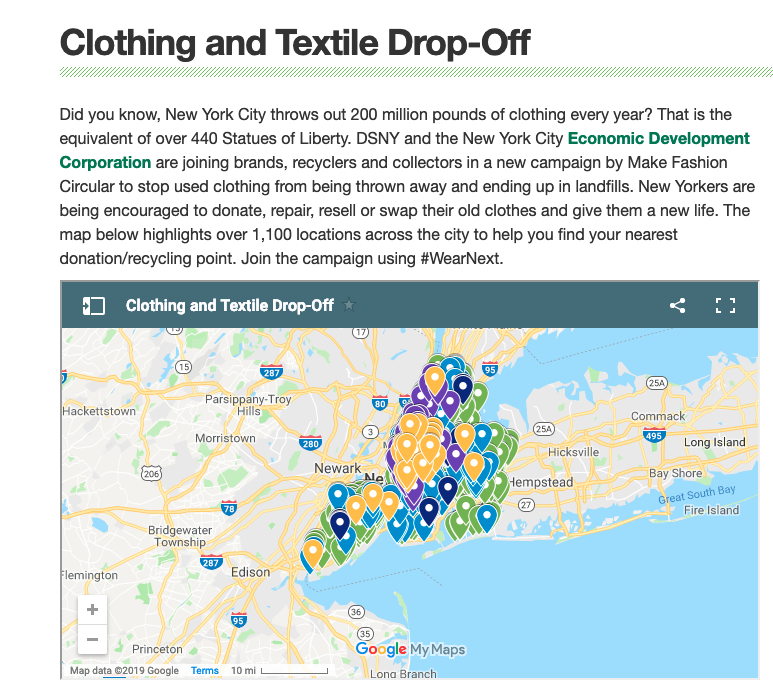
Accepted items include
- Clothing in any condition
- Shoes in any condition
- Coats in any condition
- Accessories (scarves, purses, etc.) in any condition
- Bedding in any condition
- Linens and Curtains in any condition
- Towels in any condition
- Rugs in any condition

